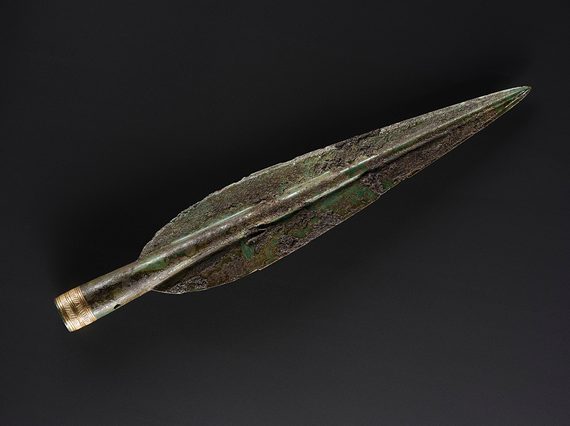
About Scotland's First Warriors
Who were Scotland’s First Warriors?
This exhibition reveals the origins and impact of conflict in prehistoric Scotland.
Explore the first signs of organised warfare, from the Neolithic (late Stone Age) to the Romans, through over 250 objects.
Scotland's First Warriors explores how and why people fought, the impact of war, and the legacy of prehistoric conflict.
Internationally significant archaeological discoveries from Scotland will be on display for the first time.
Visitors will see the Carnoustie Hoard - which was deliberately and thoughtfully placed near a Bronze Age round structure. It includes a spearhead decorated with gold, and a bronze sword in a wooden scabbard. An exceptionally rare find, it dates from around 1120-920 BC.
The exhibition maps the journey from the sword - a Bronze Age invention - through to the Roman concept of a professional soldier.
Scotland's First Warriors is a unique exhibition that engages visitors with the very nature of war.
Exhibition highlights - the Carnoustie Hoard
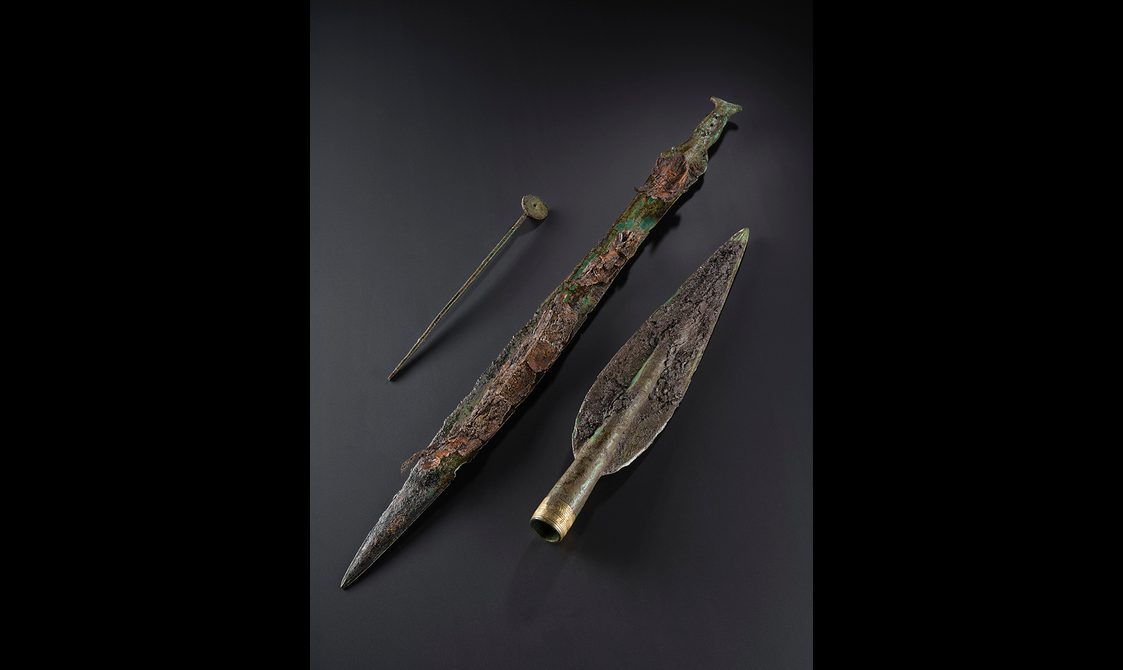
Objects from the Carnoustie Hoard: a disc-headed pin, sword in wooden scabbard and spearhead.
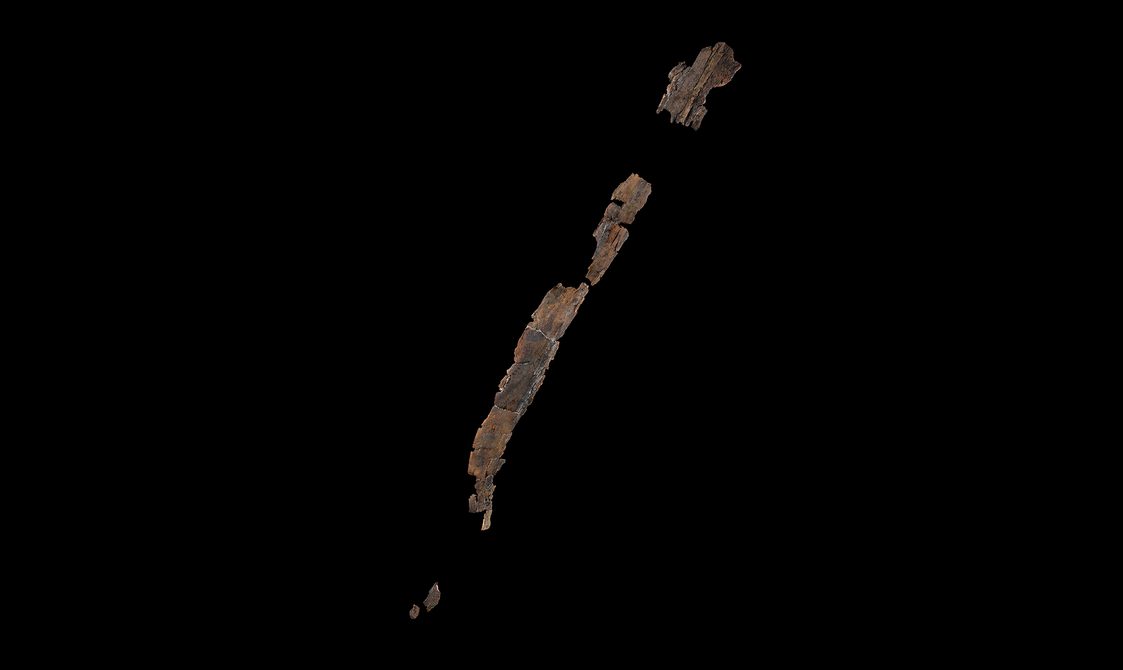
The remains of a wooden scabbard made from strips of hazel wood. Part of the Carnoustie Hoard.
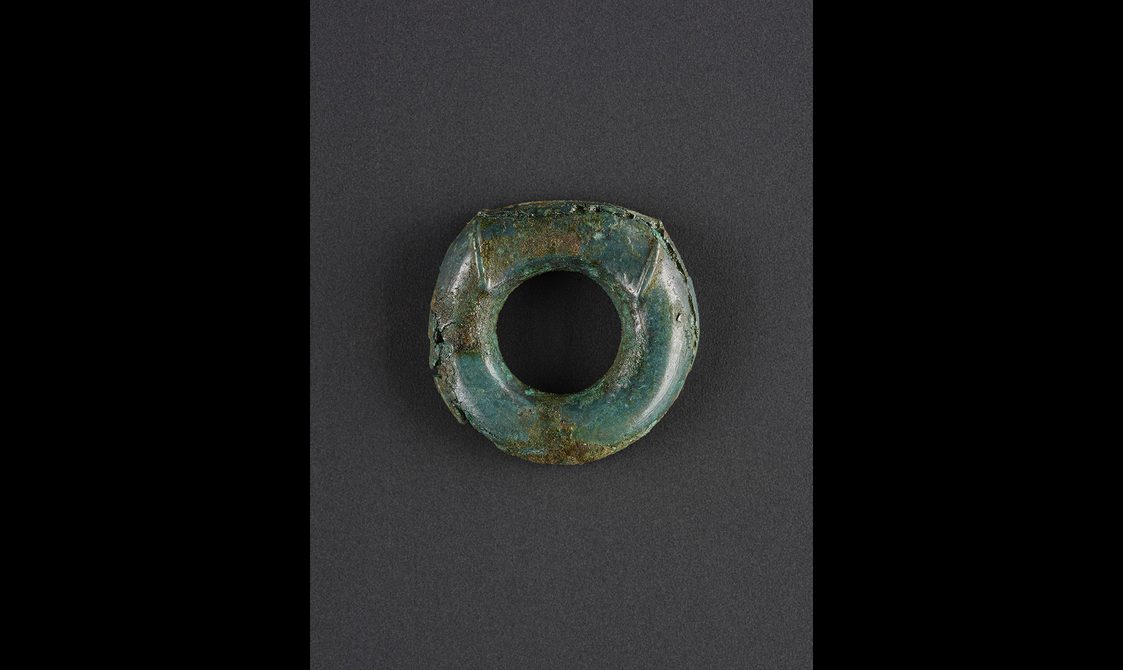
A bronze ring-mount, possibly once used as decoration or a fastening on a Bronze Age scabbard. Part of the Carnoustie Hoard.
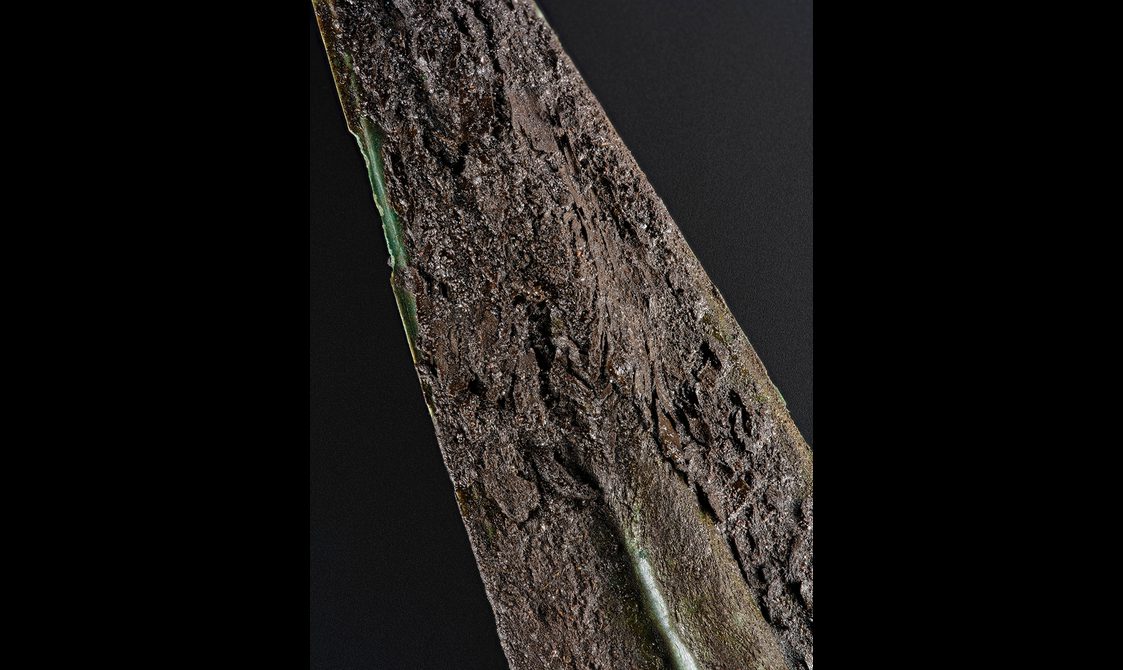
Close up of the sheepskin wrapped around the spearhead, found in the Carnoustie Hoard.
Accessibility and facilities
We want everyone who comes to our museums to enjoy their time with us and make the most of their visit.
Visit our accessibility page for general access information for the National Museum of Scotland.
Related news and stories
- Discover
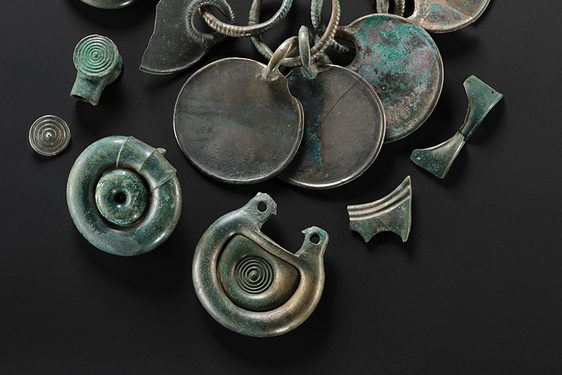
What is the Peebles Hoard?
The Peebles Hoard is a spectacular collection of bronze, leather and wooden material. Dating to the Late Bronze Age (c.1000-800 BCE), it contains several hundred elements from a complex set of objects. A complete sword in a wooden scabbard…Keep reading - Discover
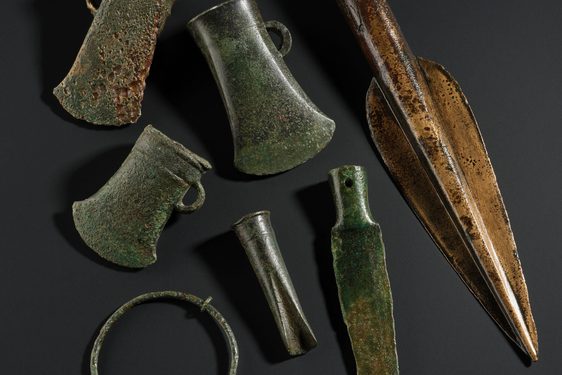
The Torran Hoard: A Bronze Age discovery
Dr Matthew Knight, Senior Curator in Early Prehistory, uncovers how a missing ferret led to a big discovery.It was spring time in 1881 and Mr Thomas Orr Richmond had lost his ferret. In searching for it, he uncovered two bronze weapons and…Keep reading - Discover
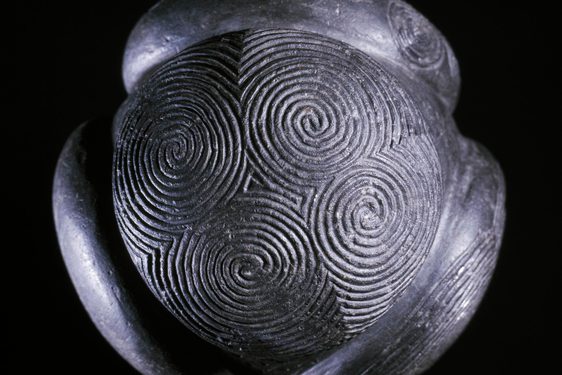
Towie ball: A Neolithic status symbol
This beautiful carved stone ball was found in Aberdeenshire. People have long wondered about what it was and how it was used, but it had clearly been a precious possession and a symbol of power.It is Neolithic, and dates back over 5000…Keep reading